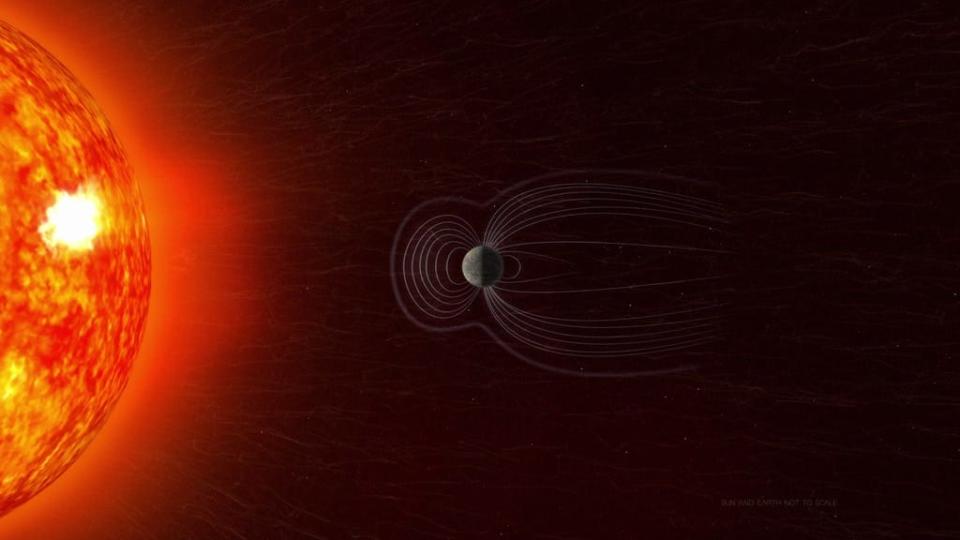'Pothole' in space: Evolving dent in Earth's magnetic field may impact satellites, spacecraft
There's an evolving dent in Earth's magnetic field over South America and the southern Atlantic Ocean – and NASA says it can cause "big headaches" for satellites.
The South Atlantic Anomaly, or SAA, an unusually weak spot in Earth's magnetic field, is growing and splitting into two lobes. For Earthlings, the SAA creates no noticeable harm on the ground – but in space, the anomaly is like a "pothole" for satellites and spacecraft.
"Earth’s magnetic field acts like a protective shield around the planet, repelling and trapping charged particles from the Sun," NASA said in a news release Monday.
But it added that the SAA "allows these particles to dip closer to the surface than normal."

The problem? According to NASA, particle radiation may interfere with onboard computers and data collection in space. If a satellite is hit by a high-energy proton, it can lead to temporary or permanent damage – triggering protective shutdowns by operators as satellites fly through the SAA.
Many low-Earth-orbit spacecraft, like the International Space Station, also pass through the SAA. Astronauts are safe inside, but the phenomenon can cause occasional (in the space station's case, monthly) "blips," or short losses, in data collection.
Video: Photographer captures International Space Station's extraordinary solar transit
More: 'Worried for our families and all of mankind.' Coronavirus a concern even for astronauts in space
The SAA is caused by two features from Earth's core: the flow of molten metals and tilt of the magnetic axis. NASA scientists want to study the anomaly – to better understand how the planet is changing and help create a safer future for in-space instruments.
“Even though the SAA is slow-moving, it is going through some change in morphology, so it’s also important that we keep observing it by having continued missions,” Terry Sabaka, a geophysicist at NASA’s Goddard Space Flight Center, said in the statement Monday. “Because that’s what helps us make models and predictions.”
This article originally appeared on USA TODAY: South Atlantic Anomaly: Dent in Earth's magnetic field is growing

